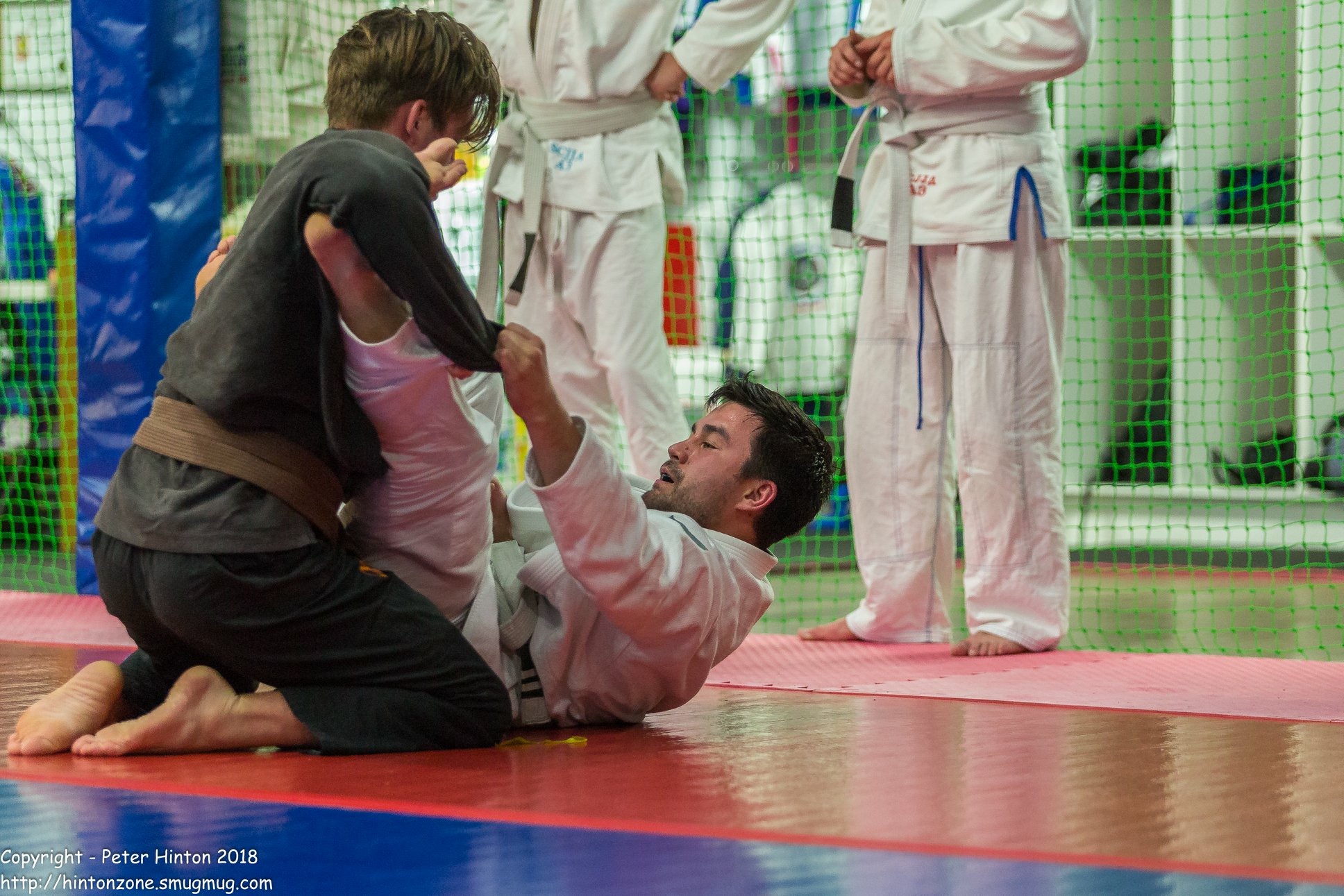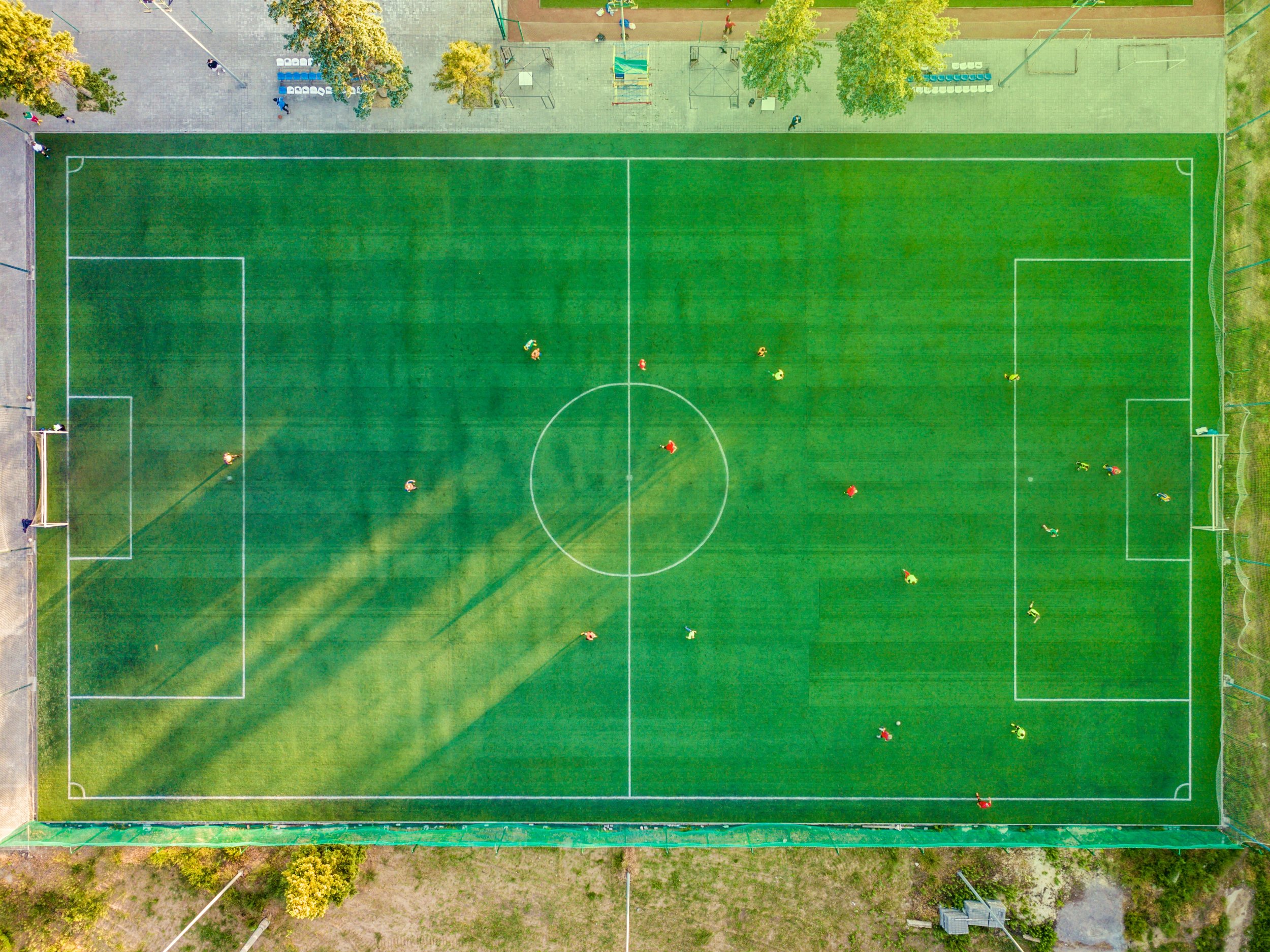Photo: Peter Hinton (http://hintonzone.smugmug.com) Southern Cross Jiu Jitsu Academy
Craig & Jason are physiotherapists at Flow Physio Co Sutherland who suffer from a BJJ addiction and understand the desire to quit your job and train all day, everyday.
Craig talks us through the Flow Physio co’s ‘KEEP ROLLING’ PROJECT to improve your BJJ by optimising performance, reducing injury risk & managing injuries when they occur.
Craig at Winter Cup 2018 - Sydney Uni
We know the frustration when injuries happen as a consequence of this healthy addiction.
As battling white belts at Flow Physio Co we need any extra edge that we can get.
We like to take a proactive approach aiming to maximise performance and we would like to share this with you to keep you rolling.
With the growing popularity of BJJ and grappling in Sydney and with minimal information available locally, we have decided to put together a series of blog posts, videos and exercises that aim to help you improve performance on the mats and minimise time spent off the mats due to injury.
We understand the time constraints so we want to provide simple research based strategies for you to use.
Today, before we get into talking about specifics on the mats we will discuss three areas to address off the mats that can have a big impact on performance and injury risk.
These are especially important to BJJ but are important to all sport and physical endeavours:
Sleep
Strength training
Load management
Sleep
“Sleep is the greatest legal performance enhancing drug that most people are probably neglecting”
- Professor Matthew Walker.
It is generally advised that the optimal sleep duration for adults is 7-9 hours and for adolescents it is 8-10 hours. Sleep can also be supplemented by napping with good effect. (1-2).
Sleep is important for growth hormone release and muscle protein synthesis aka repair, adaptation and growth of muscles and connective tissues. Learning and memories are also consolidated while we sleep.
Studies on athletes have found measurable improvements in athletic performance and skill execution when sleep duration was increased and significant declines in performance with lack of sleep (1-2). Other research has shown significantly higher rates of injury as the hours of sleep per night decrease (3).
In a sport as mentally demanding as it is physically, this can be the difference between submission or having your opponent ending up in full mount.
Strength training
Strength training has many benefits for athletic performance including:
Increased speed
Agility
Power and efficiency
Reducing injury risk
Strength training alone has been shown to reduce the risk of overuse injuries by 50% and acute/traumatic injuries by 30% in a systematic review of 26 000 participants (4 & 5).
So not only will your game be stronger and more explosive but it will keep you dominating for longer.
Load Management
Whether you are trying to sneak in an extra couple of classes or have recently had a time off the mats for a well deserved vacation, any spike or drop in the short term vs long term workload can be linked to the likelihood of suffering an injury (6).
Consistency is important; long term high training loads make us more resilient to injury. Therefore, high work loads in themselves are a good thing, as long as we progressively load to that point allowing the body time to recover and adapt (7).
*For those wanting to get a little more technical. Every exercise session you do over the course of a week can be easily measured by multiplying the session time (mins) by a score out of 10 (rate of perceived exertion ie. 0=asleep, 10=max effort) and each session to calculate the weekly total. To reduce the likelihood of injury it is advised to not progress exercise loads by more than 10% per week and remain in the sweet spot of training loads (more on this in a later post) (6).
Take home message
Aim for 7-8+ hours of sleep per night
Strength train
Gradually progress your training and aim for long term consistency
Keep rolling!
References:
https://www.mickhughes.physio/single-post/2017/05/26/Sleep-Injury-Performance
Simpson NS, Gibbs EL, Matheson GO. Optimizing sleep to maximize performance: implications and recommendations for elite athletes. Scandinavian journal of medicine & science in sports. 2016 Jul 1. PubMed PMID: 27367265. Epub 2016/07/02. Eng.
Milewski MD, Skaggs DL, Bishop GA, Pace JL, Ibrahim DA, Wren TA, et al. Chronic lack of sleep is associated with increased sports injuries in adolescent athletes. Journal of pediatric orthopedics. 2014 Mar;34(2):129-33. PubMed PMID: 25028798. Epub 2014/07/17. Eng.
Lauersen JB, Bertelsen DM, Andersen LB. The effectiveness of exercise interventions to prevent sports injuries: a systematic review and meta-analysis of randomised controlled trials. British journal of sports medicine. 2014 Jun;48(11):871-7. PubMed PMID: 24100287. Epub 2013/10/09. Eng.
https://www.mickhughes.physio/single-post/2016/03/27/Load-Management-Part-1-Overuse-or-Underprepared











